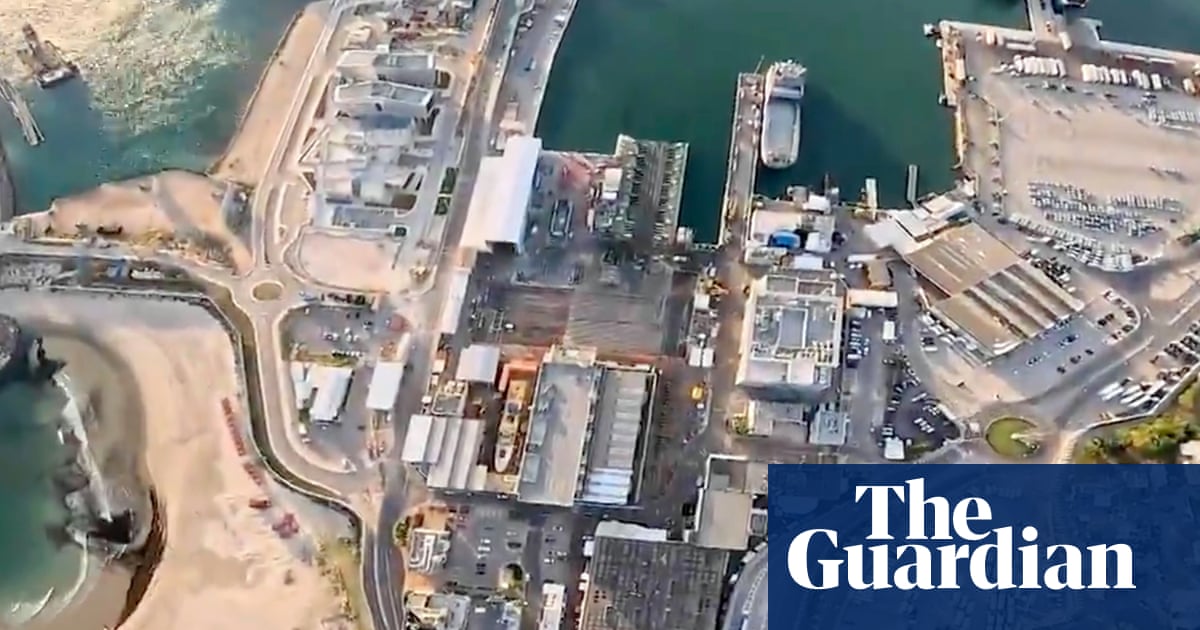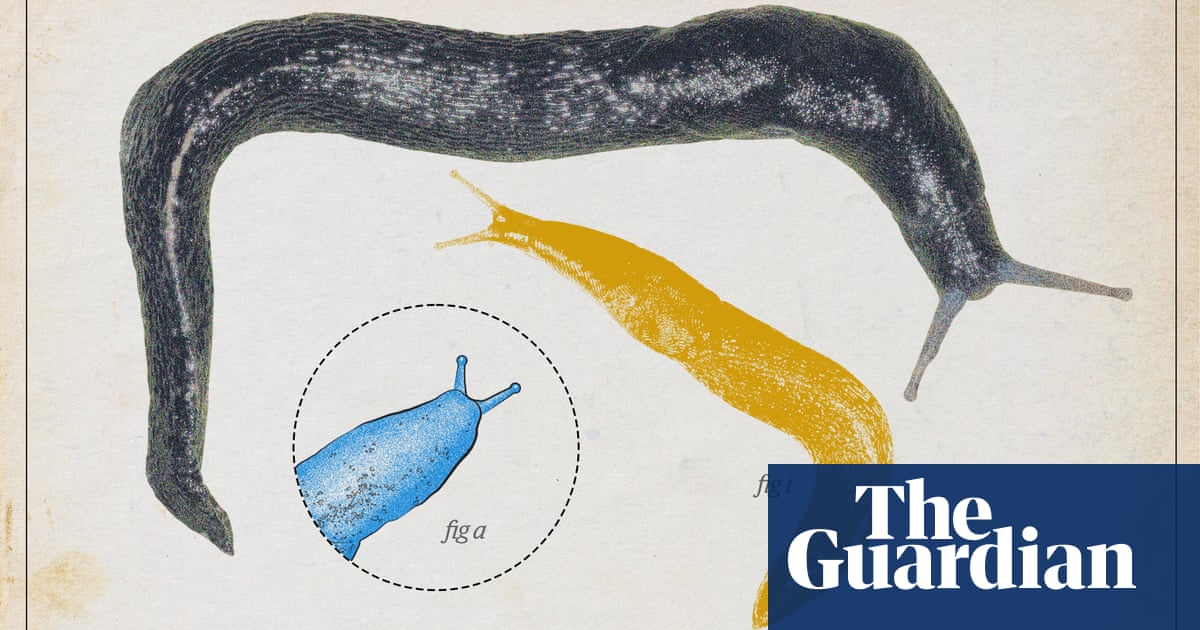Hezbollah has published a video lasting nine minutes and 31 seconds of what it says is drone footage gathered from its surveillance aircraft of locations in Israel, including the sea and air ports of the key northern city of Haifa.
Distribution of the footage was flagged up by the Lebanese armed movement, including on its Telegram channel, advising viewers on several channels to “watch and analyse” what it said were “important scenes”, including the cryptic message that it would show what the “hoopoe had brought back”. The hoopoe is both the name of a drone and a bird seen as a messenger in Arabic mythology.
Hezbollah has sent surveillance and attack drones into Israel in the past eight months as it exchanges fire with the Israeli military in parallel to the Gaza war.
The decision to broadcast the footage, which had images of residential and military sites in and around Haifa, including port facilities, appeared aimed as much at an Israeli audience as at a wider international one.
The veracity of the footage could not be independently confirmed and it was unclear when the footage was filmed. However the leader of Hezbollah, Hassan Nasrallah, said in November that it had been sending surveillance drones over Haifa.
If verified as genuine, the footage is likely to alarm Israel’s security establishment, suggesting an even greater vulnerability to drone incursion than previously recognised, not least with the implicit threat of being able to overfly Haifa. It is a major population centre, home to 300,000.
The footage appeared to show parts of a factory belonging to Rafael defence – including Iron Dome batteries, rocket engine depots, David’s Slingshot facilities and radar.
The IDF did not immediately comment on the broadcast footage.
The US and France are working on a negotiated settlement to the hostilities along Lebanon’s southern border.
The footage, if confirmed as real, would underline the mounting difficulties Israel has encountered in dealing with the drone threat from Hezbollah, including several incidents where incoming drones were not detected by Israeli air defence systems, including a recent attack on a group of Israeli troops that killed one person.
Experts have assessed that Hezbollah is using a combination of tactics to avoid its drones being detected, including flying low and using multiple channels to avoid jamming technology.
Although about 150 drones have been intercepted, others have got through to their targets, with Israeli officials disclosing that they have begun spending millions of shekels to counter the drone threat.
Among reported planned improvements to Israel’s air defence systems are upgrades to the Iron Dome system to make it better equipped to deal with slower-flying unmanned aircraft and the reintroduction of retired conventional anti-aircraft weapons, include the Vulcan system.
The disclosure of the footage appeared to be timed to coincide with the visit of the US envoy Amos Hochstein to Lebanon after meeting senior Israeli officials, including the prime minister, Benjamin Netanyahu, the day before.
In Beirut, Hochstein called for the “urgent” de-escalation of cross-border exchanges of fire between Hezbollah and Israeli forces raging since the start of the Gaza war.
“The conflict … between Israel and Hezbollah has gone on for long enough,” the presidential envoy said. “It’s in everyone’s interest to resolve it quickly and diplomatically – that is both achievable and it is urgent.”
Despite Hochstein’s visit to the region, there appeared to be little evidence of a breakthrough in efforts to reduce tension on the Israel-Lebanon border, with reports in Israel suggesting Hochstein did not see any prospect for significant movement while the war in Gaza was continuing.
After several days of relative quiet between Israel and Hezbollah over the weekend, following last week’s barrages which included the heaviest of the war, Tuesday saw a rise in hostilities again.
State media in Lebanon reported an Israeli drone strike on a car on the highway north of the coastal city of Tyre. It was not immediately clear who was in the car or how many people were killed or injured.
Last week Hezbollah launched hundreds of drones and rockets, including more than 200 on a single day, and the Israeli military struck Hezbollah targets in return.



